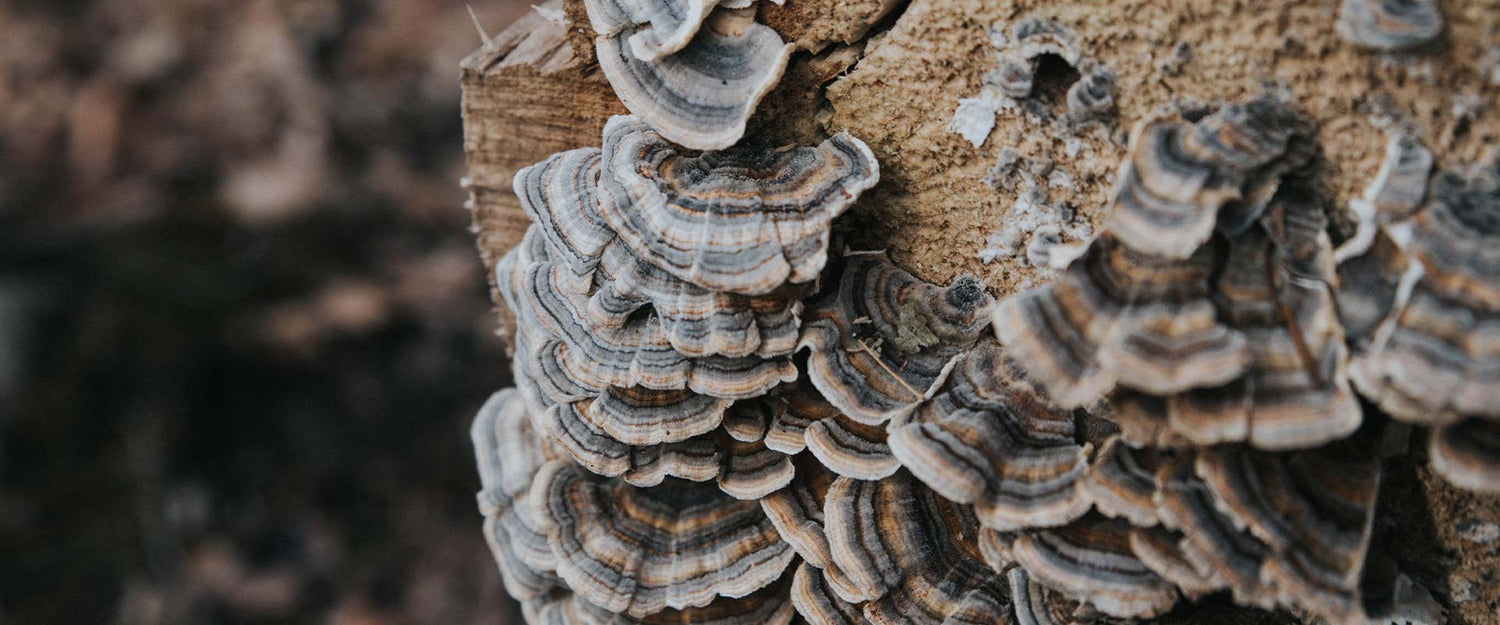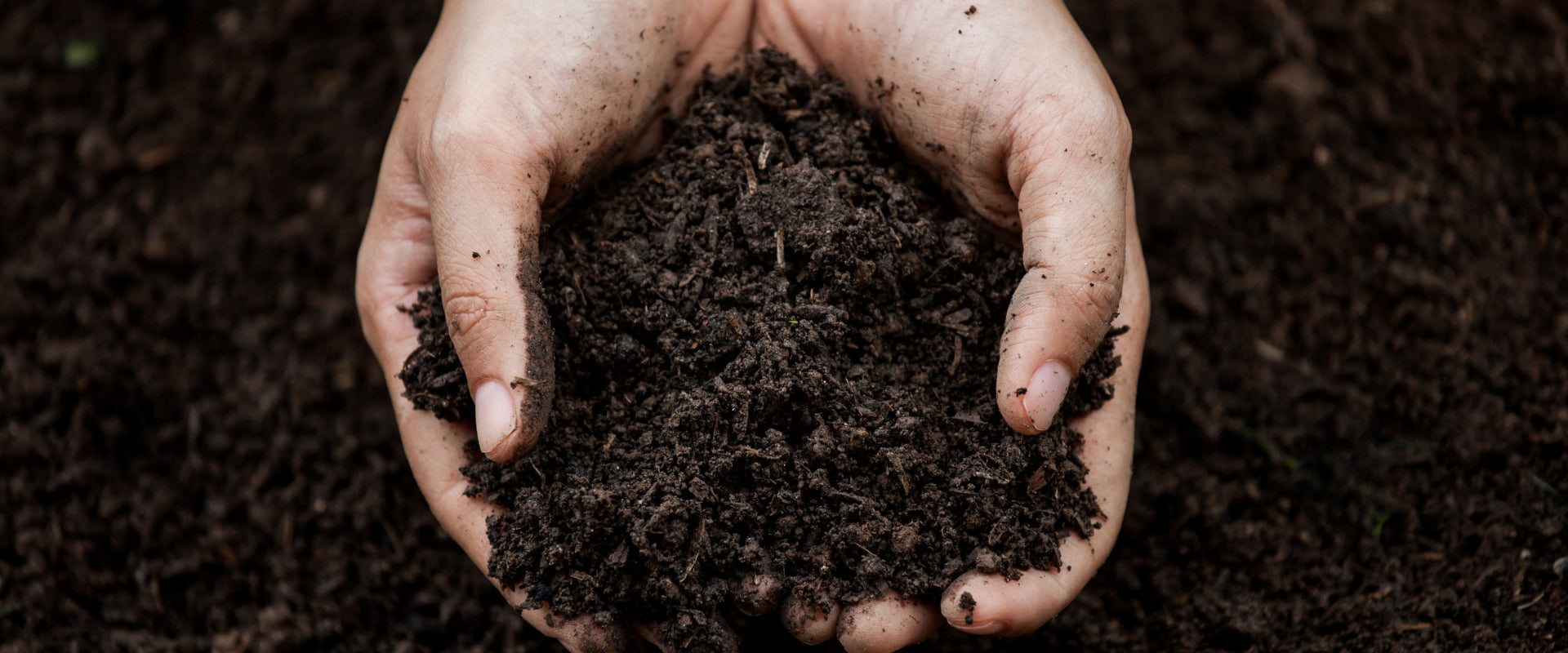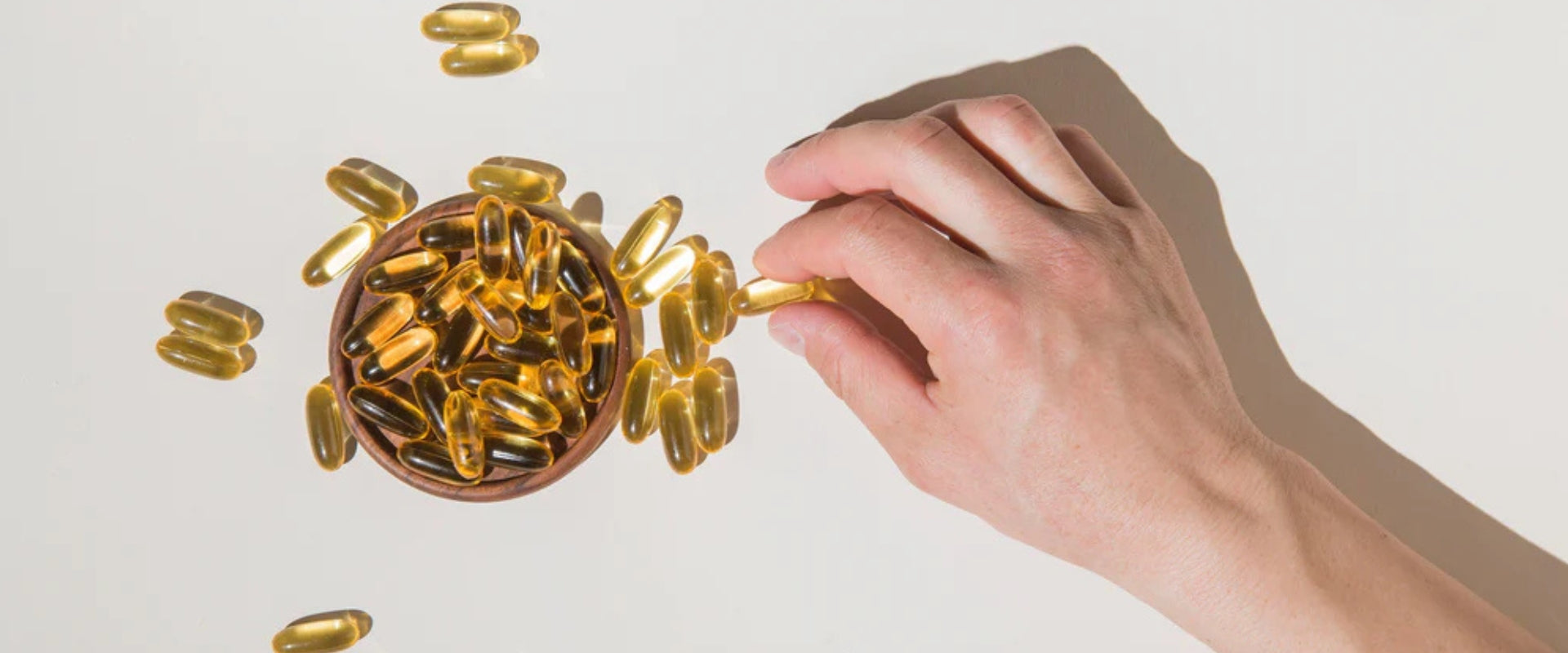Jme Bonfiglio is the founder of WholeSun Wellness mushrooms and the Utah Fungi Festival. Stacy Blaylock is her business partner and marketing maven.
Today, you can find mushroom supplements in nearly every health store. 2,000 years ago, mushrooms reigned supreme as powerful sources of physical and spiritual strength. Thanks to modern technology, we now understand the chemical and nutritional composition of mushrooms. We know how to grow, harvest, and process mushrooms for the most benefit and how to accomplish this with little ecological impact.
With a vast variety of mushroom products on the market, it’s hard to discern which products will deliver the best results with the smallest ecological impact. In our opinion, there’s only one way to accomplish this in today’s world. You must mimic the natural growth cycle of the mushroom from beginning to end.
First, some background. Fungi grow from decay. They absorb nutrients through a root-like structure called mycelium and sprout an annual fruiting body above the ground. The fruiting bodies release the fungi’s reproductive spores, after which the whole life cycle begins anew. Fruiting bodies vastly differ between species. It’s how we get the humble Shiitake, the glossy Reishi, the kaleidoscopic Turkey Tail, and even the alien-like Stinkhorn. (Stinkhorn isn’t a medicinal mushroom, but it’s worth Googling for the pictures).
Inside the tough cell walls of fungi are masses of beta-glucans, large molecules made of multiple sugar molecules. They are vital components that make mushrooms full of healthful compounds. The beta-glucans act like soluble fiber if they are properly extracted, slowing the passage of the mushroom through the digestive tract.
But there are more beneficial compounds inside fungi than beta-glucans. Vitamins B and D, folate, antioxidants, and immune-boosting compounds are also abundant in mushrooms, depending on the species. Turkey Tail and Shiitake are top favorites during seasonal changes because of their ability to assist with antibody production.
Thanks to modern technology, we can commercially grow mushrooms to have high naturally-occurring levels of beta-glucans and other beneficial components, harvest them at peak potency and process them in a way that preserves their natural benefits.
So, what kind of mushroom products might a discerning consumer find on the market?
Pure Mycelium Extracts
In pure mycelium extracts, the fungus absorbs nutrients from its environment. Mycelium grown in its natural habitat (i.e., hardwood logs) will be rich in extra-cellular compounds such as enzymes and beta-glucans. Pure mycelium extracts are rare in the United States due to the high cost of production.
Mycelium on Grain (M.O.G.) Products
M.O.G. products are derived from fungus grown on a grain such as rice, oats, and corn. Companies might claim that growing mushrooms on grain is an appropriate substitute for fungi’s native substrates. However, grain is filled with its own starchy polysaccharides. During growth, fungi are deprived of the proper decay they would get from their natural substrate, and instead, they absorb the starches from the growing grain substrate. All that extra starch can create false-positive tests for active compounds. To compensate for the lack of naturally-existing compounds, companies add synthetic beta-glucans to make the product “therapeutic.”
If a product lists any of the following as an ingredient, it is mycelium grown on grain: myceliated grain, mycelial biomass, cultured oats, freeze-dried myceliated brown rice.
Whole Fruiting Body Extracts
The mushroom fruiting body produces the highest concentration of active compounds. By extracting whole fruiting bodies from mushrooms grown on their natural hardwood substrate, we mimic nature. Mushrooms grow like they are meant to and deliver final extract that contains the full nutritional value of the mushroom.
Chaga, for example, can only produce its beneficial aspects if grown on its native birch log. Growers must harvest the mushroom crop at the point of its life cycle where the medicinal properties are the most potent. Finally, the mushrooms must be processed correctly to break out the beta-glucans tucked inside the rigid cell walls. Only a heated treatment of steam or hot water can crack open the cell walls. Some species such as Lion’s Mane, Reishi, and Chaga have thicker cell walls and require additional alcohol extraction.
The next time you are considering which medicinal mushroom is right for you, ask yourself: how was the mushroom grown? How was it extracted? Am I certain I am getting all the healthful benefits? We are partial to extracts from whole fruiting bodies, grown on the preferred hardwood logs, and extracted using heat. But don’t let all that stop you from exploring fungi. As we approach them with curiosity and respect, we may bring even more ancient wisdom into our modern world.




